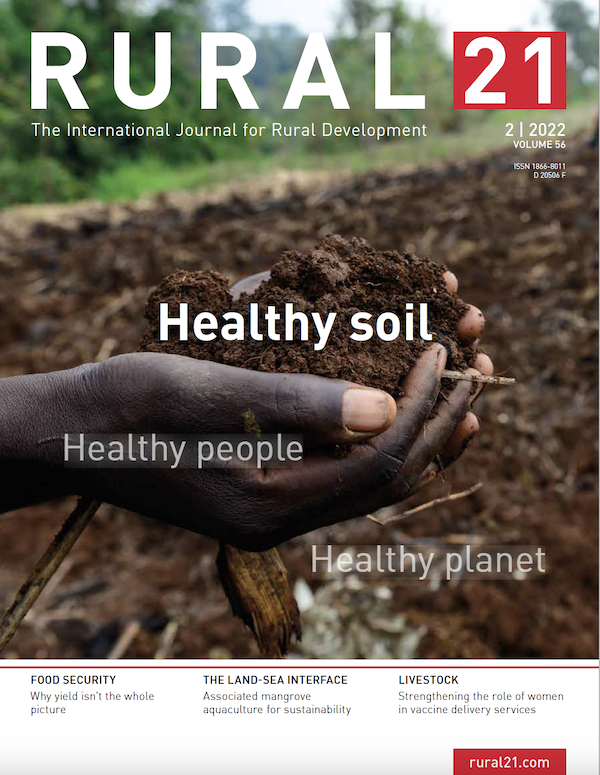Resource information
We cannot live without healthy soil and land. It is on these resources that we produce most of our food and build our homes. We need them to provide clean water and precious plant nutrients, to conserve biological diversity and to cope with climate change. And they form the basis for the livelihoods of millions of people. But despite such known facts, these valuable resources are in a dire state. A third of all soils world-wide are already degraded, and each year, further huge expanses of fertile land go lost.
Alarming statistics were also announced at the 15th Conference of the Parties (COP 15) of the United Nations Convention to Combat Desertification (UNCCD) in Abidjan/C.te d’Ivoire in May. Sticking to business as usual would result in an area the size of South America showing progressive land degradation by 2050, and more than three-quarters of the world’s population could be affected by drought. The current drought in the Horn of Africa – the fourth in succession, with millions of people on the brink of starvation – gives an inkling of this. Of course, droughts have always been a part of nature and the human experience. But never before have frequency and duration been so marked. And since land degradation, desertification and drought are inextricably linked, the international community emphasised its commitment to restore one billion hectares of degraded land by 2030 at the COP 15.
We know that the only way to achieve this goal is with a paradigm shift – away from a resource-intensive mode of production and towards a resource-friendly mode considering the planetary boundaries while placing our global agricultural and food systems on sustainable foundations. One example of this is regenerative agriculture, which comprises a wide range of site-specific nature-positive practices – on the premise of the “Law of return”, i.e. of also giving substances we take from nature back to it.
In order to upscale these practices globally, in addition to corresponding technical know-how, farmers must have a holistic understanding of the soil ecosystem. But above all, shifting practices to sustainable land and soil management has to become an attractive option for them – regardless of whether they are growing half a hectare of maize in Western Kenya or 80,000 hectares of soy in Brazil’s State of Mato Grosso. Here, financial incentives are needed, both from the public and the private sector. And then there is the importance of the political will to really spread soil preservation and restoration world-wide while, in the spirit of the Sustainable Development Goals, leaving no-one behind. Our authors and interview partners share examples of global and national initiatives and policies addressing this topic with you.
We hope that this issue of Rural 21 is going to inspire you to not only theoretically approach the valuable resource of soil. For as World Food Prize Laureate Rattan Lal recently said: “Everyone should know what healthy soil looks, feels and smells like.” On this note, we wish you a multisensory reading experience.

